Transatlantic Crossings, from Constellation to Concorde
Synopsis:
In this presentation, Dr. Saravanamutto describes the evolution of trans-Atlantic flying, from the early pioneering flights through flying boats, the early reciprocating engine-powered airliners— such as the Lockheed Constellation—to turboprops, jet-powered subsonic and supersonic passenger aircraft. This presentation draws many interesting comparisons between the various aircraft used on the Great-circle Route such as fuel burn per passenger, oil consumption, flight times, numbers of passengers, cruise speeds, range and operating procedures.
Presenter: Herb Saravanamuttoo
Herb Saravanamuttoo was born in Scotland and educated at the University of Glasgow. After graduating in Mechanical Engineering in 1955 he joined Orenda Engines, working on development of the Iroquois for the Arrow. He became a faculty member at the University of Bristol, where he worked as a consultant to Bristol Siddeley on the Olympus 593, BAC on Concorde and Rolls Royce on the RB211. He got his PhD in 1968 and joined Carleton in 1970, retiring in 1998 having spent 10 years as Chairman of Mechanical and Aerospace Engineering. He is still active teaching Aerospace Propulsion at both Carleton and Cranfield. He is a past president of CASI and was a recipient of the MacCurdy Award in 2004.
Transcript
Transatlantic Crossings, from Constellation to Concorde



























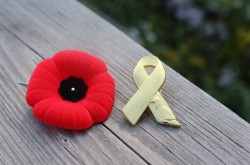




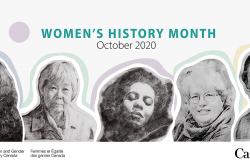










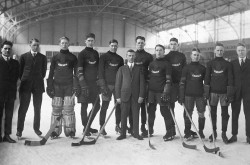



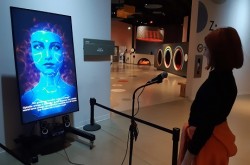
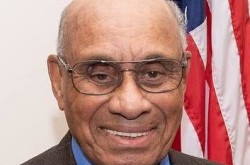










![A block of photographs showing some of the people involved in the bombing of beluga whales in the estuary and gulf of the St. Lawrence River. Anon., “La chasse aux marsouins [sic]. » Le Devoir, 15 August 1929, 6.](/sites/default/files/styles/thumbnail_7/public/2024-09/Le%20Devoir%2015%20aout%201929%20page%206.jpg?h=584f1d27&itok=TppdLItg)






